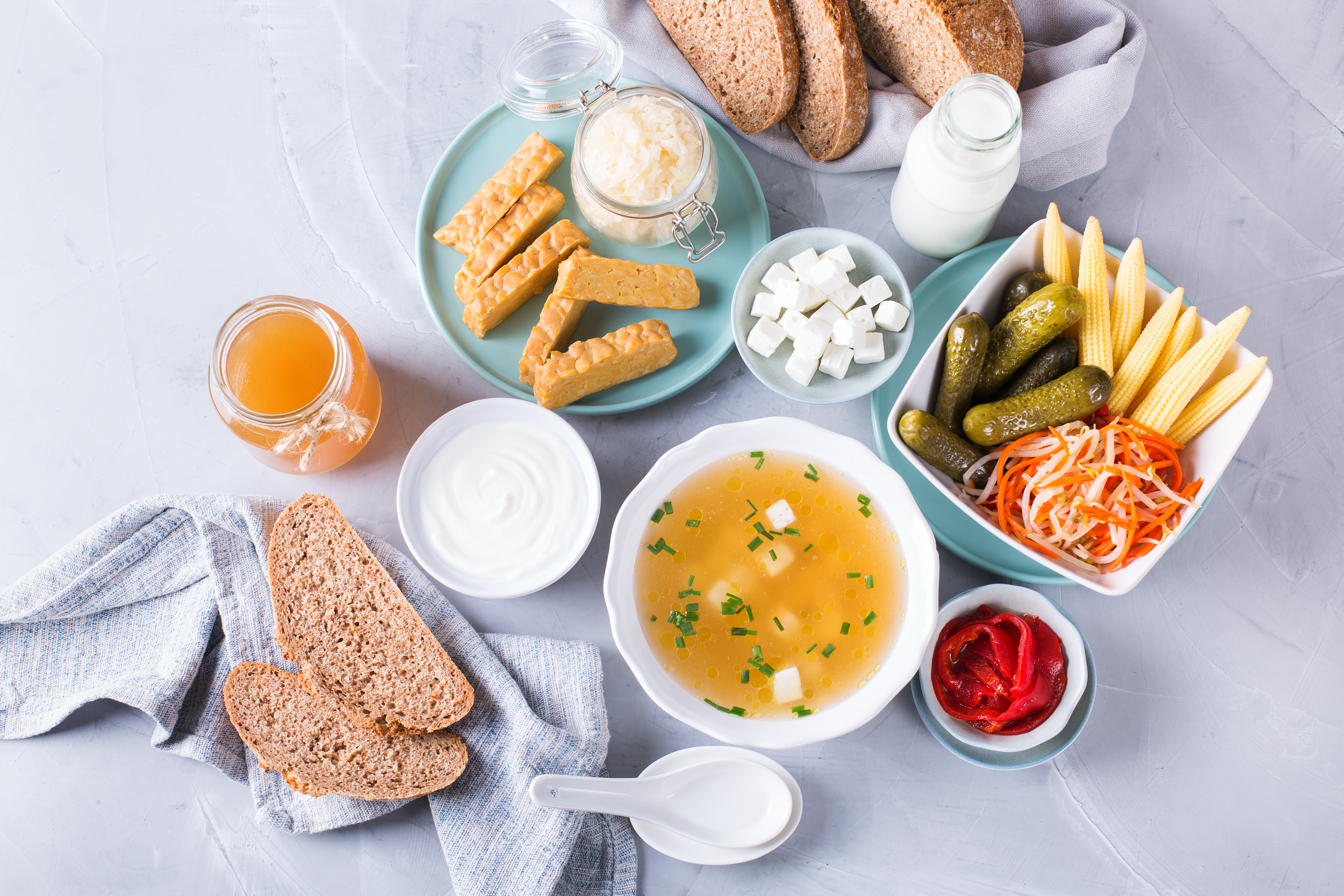12 Gut-Healing Foods to Add to Your Diet After Taking Antibiotics
The human gut is a complex ecosystem that plays a crucial role in overall health. After a course of antibiotics, this delicate balance can be disrupted, leading to a cascade of digestive issues and weakened immunity. Antibiotics, while essential for combating bacterial infections, do not discriminate between harmful and beneficial bacteria. This often results in the depletion of good bacteria that are vital for digestion and nutrient absorption. The aftermath can be a gut that is vulnerable and in need of restoration. This article explores how dietary choices can be a powerful tool in rebuilding gut health. By incorporating specific gut-healing foods, you can promote the growth of beneficial bacteria, enhance digestive health, and restore inner harmony. This guide will delve into 12 specific foods known for their gut-healing properties, offering insights into how they can transform your diet and support your journey back to optimal health.
1. The Role of Probiotics in Gut Health

Probiotics are live microorganisms that provide numerous health benefits when consumed in adequate amounts. They are often referred to as "good" or "friendly" bacteria because they help keep your gut healthy. After antibiotics, the levels of these beneficial bacteria can be significantly reduced. Consuming probiotic-rich foods like yogurt, kefir, and sauerkraut can help replenish these vital bacteria. Yogurt, for example, contains strains of Lactobacillus and Bifidobacterium, which are known to improve digestion and boost immunity. Kefir, a fermented milk drink, contains even more diverse strains of probiotics, making it a potent choice for gut health. Sauerkraut, a fermented cabbage dish, is another excellent source of probiotics, and its high fiber content also aids digestion. Including these foods in your diet can help restore the balance of bacteria in your gut, improve digestion, and enhance overall health.
